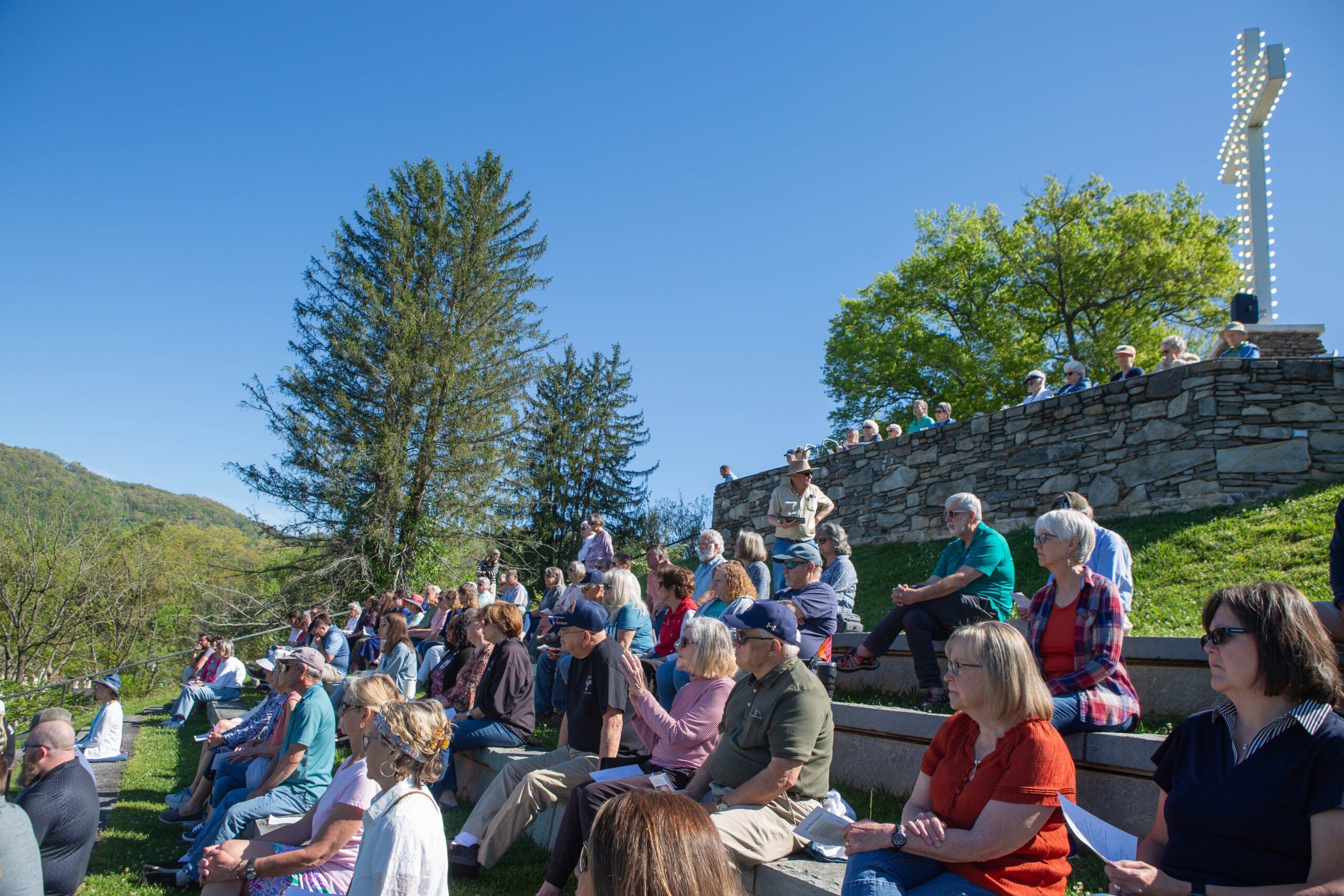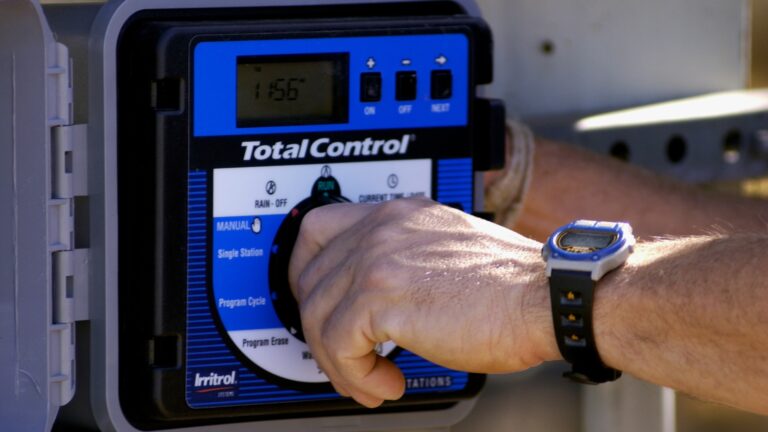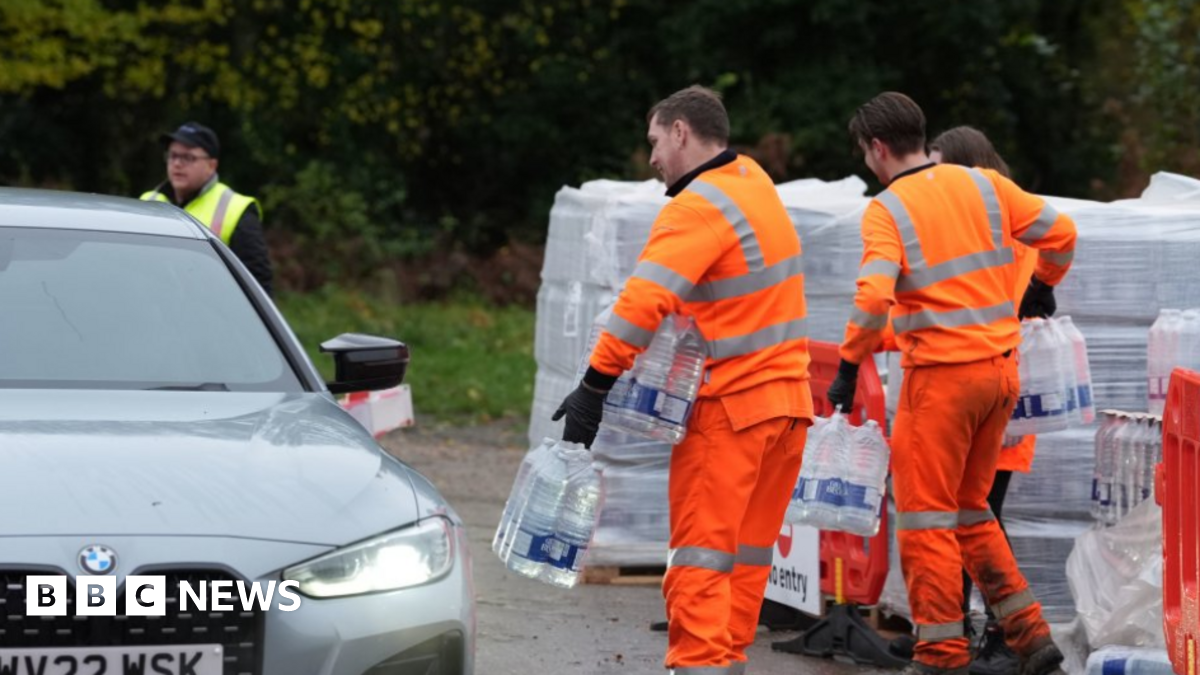Church donation brings clean water to African country without Latter-day Saint congregation – Church News

Humanitarian Initiative in Burkina Faso Advances Multiple Sustainable Development Goals
1.0 Introduction: Water Scarcity as a Barrier to Development
In Burkina Faso, a critical development challenge persists where approximately 11.5 million people, constituting half of the nation’s population, lack access to clean water. This scarcity presents a significant impediment to achieving fundamental Sustainable Development Goals (SDGs). The community of Oury, specifically the Soubouy school, exemplified this challenge. Prior to a 2024 intervention, students and faculty had no access to a safe water source on campus, forcing them to consume water from unsafe shallow wells or endure thirst. This situation directly undermined progress toward SDG 3 (Good Health and Well-being) and SDG 4 (Quality Education), as waterborne illnesses and time spent seeking water led to frequent school absences and diminished learning capacity.
2.0 Project Overview: A Partnership for Sustainable Impact
In 2024, a strategic collaboration was formed between WaterAid and The Church of Jesus Christ of Latter-day Saints to address these challenges. This partnership, an embodiment of SDG 17 (Partnerships for the Goals), aimed to improve clean water access in 20 schools and their surrounding communities. At the Soubouy school, which serves 264 students and teachers, the project involved the installation of a new borehole for clean water and adjacent handwashing stations. This intervention provides a sustainable solution directly targeting the root causes of health and educational disparities linked to water scarcity.
3.0 Analysis of Impact on Sustainable Development Goals
The project has generated measurable positive impacts across several interconnected SDGs:
- SDG 6: Clean Water and Sanitation: The initiative directly fulfills Target 6.1 by providing the school community with “universal and equitable access to safe and affordable drinking water.” The installation of handwashing facilities also addresses Target 6.2 by promoting access to “adequate and equitable sanitation and hygiene for all.”
- SDG 4: Quality Education: By ensuring water is available on campus, the project supports Target 4.a, which calls for building and upgrading “education facilities that are child, disability and gender sensitive and provide safe, non-violent, inclusive and effective learning environments.” Students no longer miss lessons to fetch water, and improved health leads to better attendance and concentration, thereby enhancing educational outcomes.
- SDG 3: Good Health and Well-being: Access to clean water and hygiene facilities is fundamental to preventing waterborne diseases. This directly contributes to Target 3.9, which aims to “substantially reduce the number of deaths and illnesses from… water… contamination.”
- SDG 5: Gender Equality: The provision of on-site water alleviates the burden of water collection, a task that disproportionately affects girls. This allows female students more time to focus on their studies, contributing to gender equality in education.
4.0 Key Outcomes and Future Implications
The tangible results of the intervention have created a foundation for long-term community development and individual opportunity.
- Improved Health and Hygiene Conditions: The constant availability of clean water and handwashing stations has fundamentally improved the health environment of the school, reducing the risk of disease transmission.
- Enhanced Educational Attainment: The removal of water-related barriers has created a more conducive learning atmosphere. For students like 18-year-old Bibata Fofana, who aspires to become a teacher, this change provides a direct pathway to achieving her educational and professional goals.
- Strengthened Community Self-Reliance: The project serves as a successful model for humanitarian action that fosters self-reliance and provides opportunities for children to thrive, aligning with global efforts to achieve the Sustainable Development Goals.
Analysis of Sustainable Development Goals in the Article
-
Which SDGs are addressed or connected to the issues highlighted in the article?
The article primarily addresses issues related to three Sustainable Development Goals (SDGs):
- SDG 6: Clean Water and Sanitation: This is the central theme of the article. It highlights the problem of water scarcity in Burkina Faso, where “11.5 million people — half the population — lack clean water close to home.” The solution presented, installing a borehole and handwashing stations at a school, directly contributes to this goal.
- SDG 4: Quality Education: The lack of clean water directly impacts students’ ability to learn. The article states that students “miss some lessons” because they have to travel long distances for water. The provision of water on campus allows students to “attend class more regularly” and puts them in a “better position to study and succeed.”
- SDG 3: Good Health and Well-being: The article connects the lack of clean water to health problems. Students were drinking from “shallow, hand-dug wells” and faced “illness from unsafe sources.” The new clean water source and handwashing stations “promot[e] health and help[] reduce the spread of illness.”
-
What specific targets under those SDGs can be identified based on the article’s content?
Several specific SDG targets can be identified from the article’s narrative:
- Target 6.1: By 2030, achieve universal and equitable access to safe and affordable drinking water for all. The article directly addresses this by describing the situation where half the population lacks clean water and detailing a project that provides a “new borehole” for “easy access to water on site.”
- Target 6.2: By 2030, achieve access to adequate and equitable sanitation and hygiene for all and end open defecation, paying special attention to the needs of women and girls and those in vulnerable situations. The installation of “handwashing stations” at the school is a direct action towards improving hygiene facilities, as mentioned in the article.
- Target 4.a: Build and upgrade education facilities that are child, disability and gender sensitive and provide safe, non-violent, inclusive and effective learning environments for all. The project’s focus on improving “access to clean water in 20 schools” is a direct upgrade to educational facilities, creating a safer and more effective learning environment by removing the barrier of water scarcity.
- Target 3.9: By 2030, substantially reduce the number of deaths and illnesses from hazardous chemicals and air, water and soil pollution and contamination. The article implies progress towards this target by explaining that students previously drank from unsafe wells, and the new clean water source helps “reduce the spread of illness.”
-
Are there any indicators mentioned or implied in the article that can be used to measure progress towards the identified targets?
Yes, the article mentions or implies several indicators that can measure progress:
- Indicator 6.1.1: Proportion of population using safely managed drinking water services. The article provides a baseline for this indicator by stating that “11.5 million people — half the population — lack clean water close to home” in Burkina Faso. The project’s success can be measured by the number of people (e.g., the “264 students and teachers” at Soubouy school) who now have access to a safe water source on-premises.
- Indicator 6.2.1: Proportion of population with a basic handwashing facility with soap and water available at home. While the article focuses on a school, not a home, the installation of “handwashing facilities” serves as a direct measure of progress for this indicator within an institutional setting. The change is clear: “That didn’t exist before.”
- Indicator 4.a.1: Proportion of schools with access to (a) basic drinking water. The article provides a clear measure for this indicator. The project’s goal is to improve water access in “20 schools,” and it details the successful installation of a borehole at Soubouy school, changing its status from a school without basic drinking water to one with it.
- Implied Indicator for Health and Education: While not a formal SDG indicator, the article implies that a reduction in student absenteeism due to water-related illnesses could be a key metric. It notes that students “often missed class” and faced “illness from unsafe sources,” and the new facilities help them “attend class more regularly.” This suggests that tracking attendance rates before and after the intervention would be a relevant measure of impact.
-
SDGs, Targets, and Indicators Table
SDGs Targets Indicators SDG 6: Clean Water and Sanitation 6.1: Achieve universal and equitable access to safe and affordable drinking water for all. 6.1.1: Proportion of population using safely managed drinking water services (The article notes half the population of Burkina Faso lacks this, and the project provides a new borehole for 264 people at a school). 6.2: Achieve access to adequate and equitable sanitation and hygiene for all. 6.2.1: Proportion of population with a basic handwashing facility (The article mentions the installation of new handwashing stations at the school). SDG 4: Quality Education 4.a: Build and upgrade education facilities to be safe and effective learning environments. 4.a.1: Proportion of schools with access to basic drinking water (The project specifically targets 20 schools to provide clean water access). SDG 3: Good Health and Well-being 3.9: Substantially reduce the number of illnesses from water pollution and contamination. Implied: Reduction in waterborne illnesses and related school absenteeism (The article states the project helps “reduce the spread of illness” and allows students to “attend class more regularly”).
Source: thechurchnews.com

What is Your Reaction?
 Like
0
Like
0
 Dislike
0
Dislike
0
 Love
0
Love
0
 Funny
0
Funny
0
 Angry
0
Angry
0
 Sad
0
Sad
0
 Wow
0
Wow
0

















































:focal(1500,1000)/https://media.globalcitizen.org/a6/9a/a69a4720-d8a1-4715-b596-18738d03c05c/rotary_polio_hero_image.jpg?#)






/countries/sri-lanka/photo-credit---dmc-sri-lanka.tmb-1200v.jpg?sfvrsn=dc298bcc_1#)







.jpg?#)









